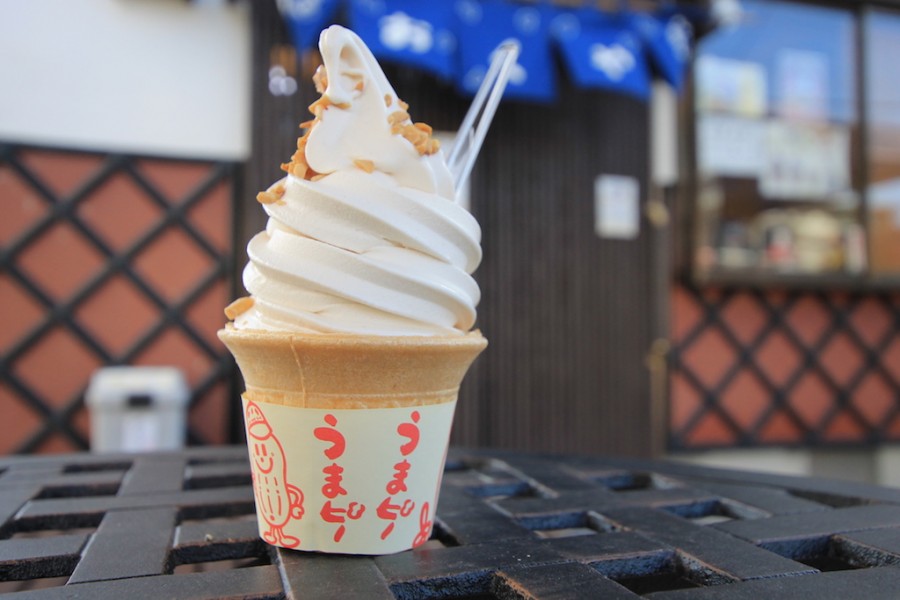
Okuya Peanut Factory
This shop uses Aizu-grown peanuts in their delicious confectionery sweets. There’s a sampling corner for you to try their creations. Our top recommendation is the peanut soft-serve ice cream!
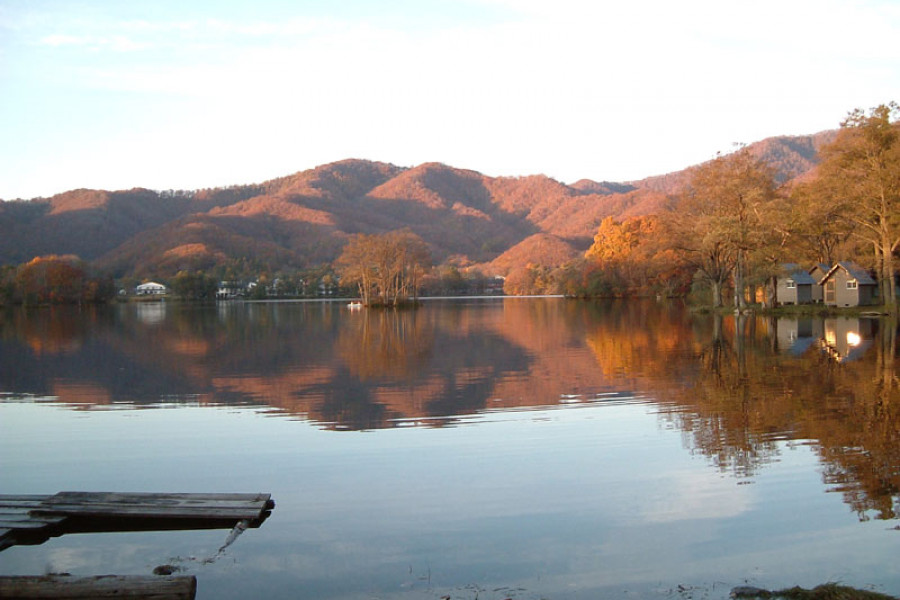
The Urabandai highlands of northern Fukushima Prefecture, are situated at an altitude of 800 meters and surrounded by Mt. Bandai, Mt. Adatara, and Mt. Azuma. The highlands were created by Mt. Bandai erupting in 1888. Urabandai is part of Bandai Asahi National Park and offers a variety of seasonal attractions. Cool weather in summer and deep snow in winter make Urabandai a perfect place for both indoor and outdoor enjoyment. About 300 lakes and ponds, including the Goshiki-numa Ponds and Lake Hibara, are scattered across Urabandai. The harmonious beauty of nature created by the abundant woodlands and lakes will certainly touch the hearts of all visitors.
| Website | https://www.urabandai-inf.com/en/ |
|---|---|
| Contact | Urabandai Tourist Association (+81) 241-32-2349 staff1@urabandai-inf.com |
| Best Season | All Year |
| Parking | Available |
| Access | 1093 Kengamine, Hibara, Kitashiobara Village, Fukushima Pref. 969-2701 View directions |
|---|---|
| Getting there | By Car: 20 min from Inawashiro-Bandaikogen I.C. exit off the Ban-etsu Expressway |

This shop uses Aizu-grown peanuts in their delicious confectionery sweets. There’s a sampling corner for you to try their creations. Our top recommendation is the peanut soft-serve ice cream!
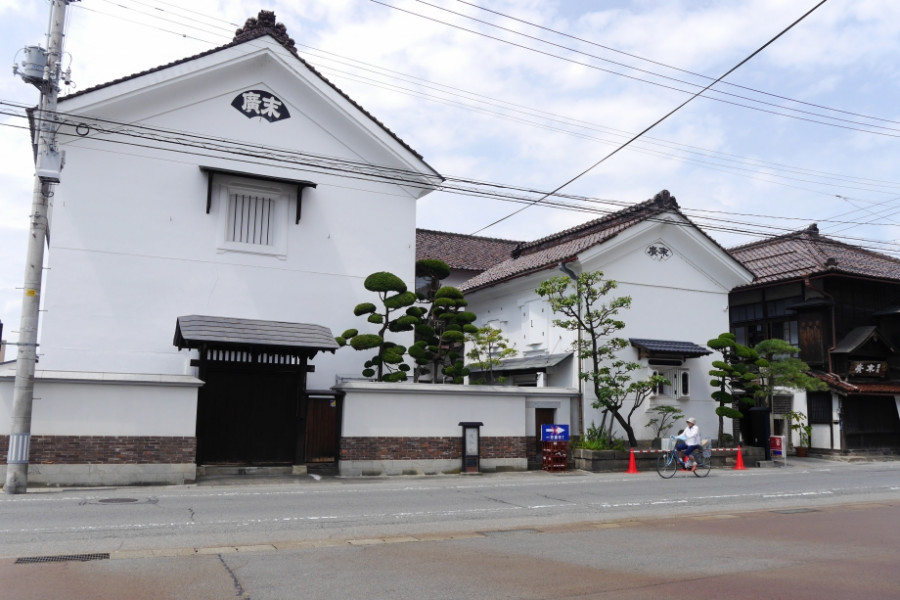
Suehiro Sake Brewery was founded at the end of the Edo Period, in the mid 19th century. The Kaeigura (the building where the sake is brewed) has been designated as an important historical building by Aizu-Wakamatsu City. Here, visitors can take a guided tour of the sake-brewing process, as well as of old Japanese-style rooms which were built during the Meiji Period. The brewing process takes place from October to March every year. During this time, visitors can see the process and conditions inside the fermentation tanks. Visitors may try between six and ten different kinds of sake for free year-round. Suehiro sake and other Aizu products are available for sale on-site. On the left side after entering the gate stands a café called Kissa Ann. The architecture of Kissa Ann was remodelled from the Kaeigura's oldest storehouse. Here, you can enjoy coffee made with water prepared especially for making sake, and cake made using high-quality sake.
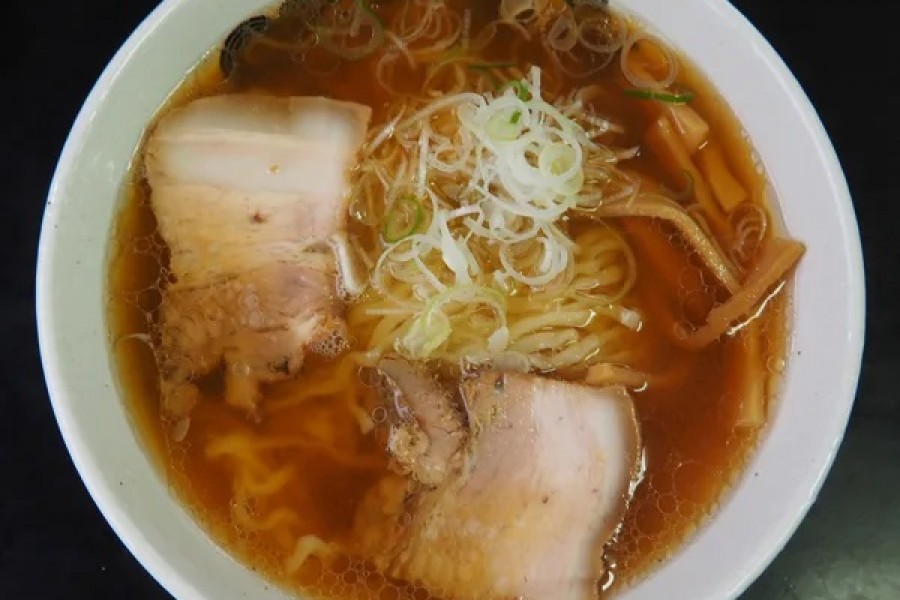
This ramen shop has the characteristically simple flavors of Kitakata Ramen with their curly noodles. The Shokudo Hasegawa is one of the oldest ramen shops in Kitakata City. They use an original plump curly noodle with a satisfactory broth with flavors including soy sauce, salt, miso, and spicy miso.
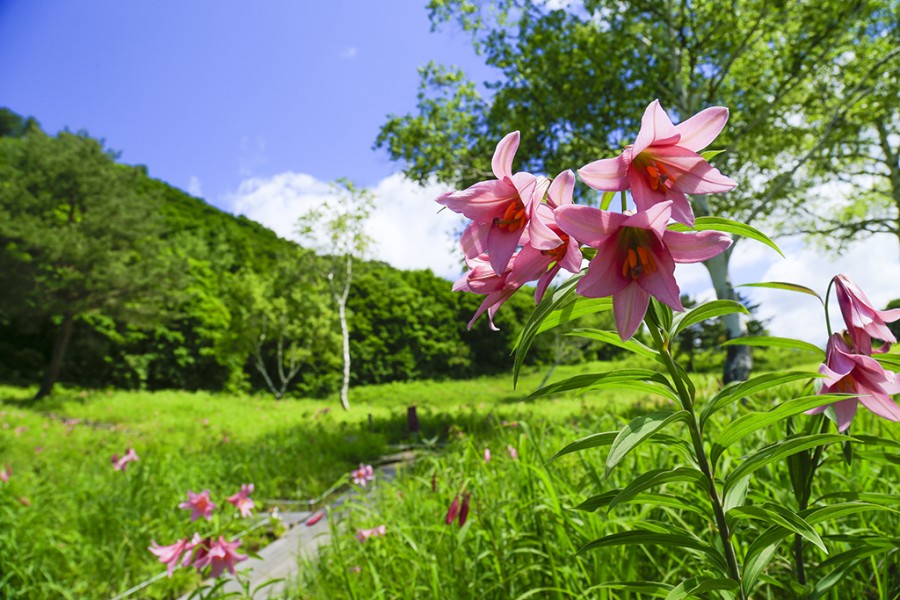
Himesayuri, a kind of lily, blooms at Takashimizu Natural Park from mid-June to early July. This park is located on a mountain, at an elevation of 850 m. One million Himesayuri flowers grow wild across approximately 7 hectares of land. It's said that Takashimizu Natural Park is the largest Himesayuri flower park in Japan.
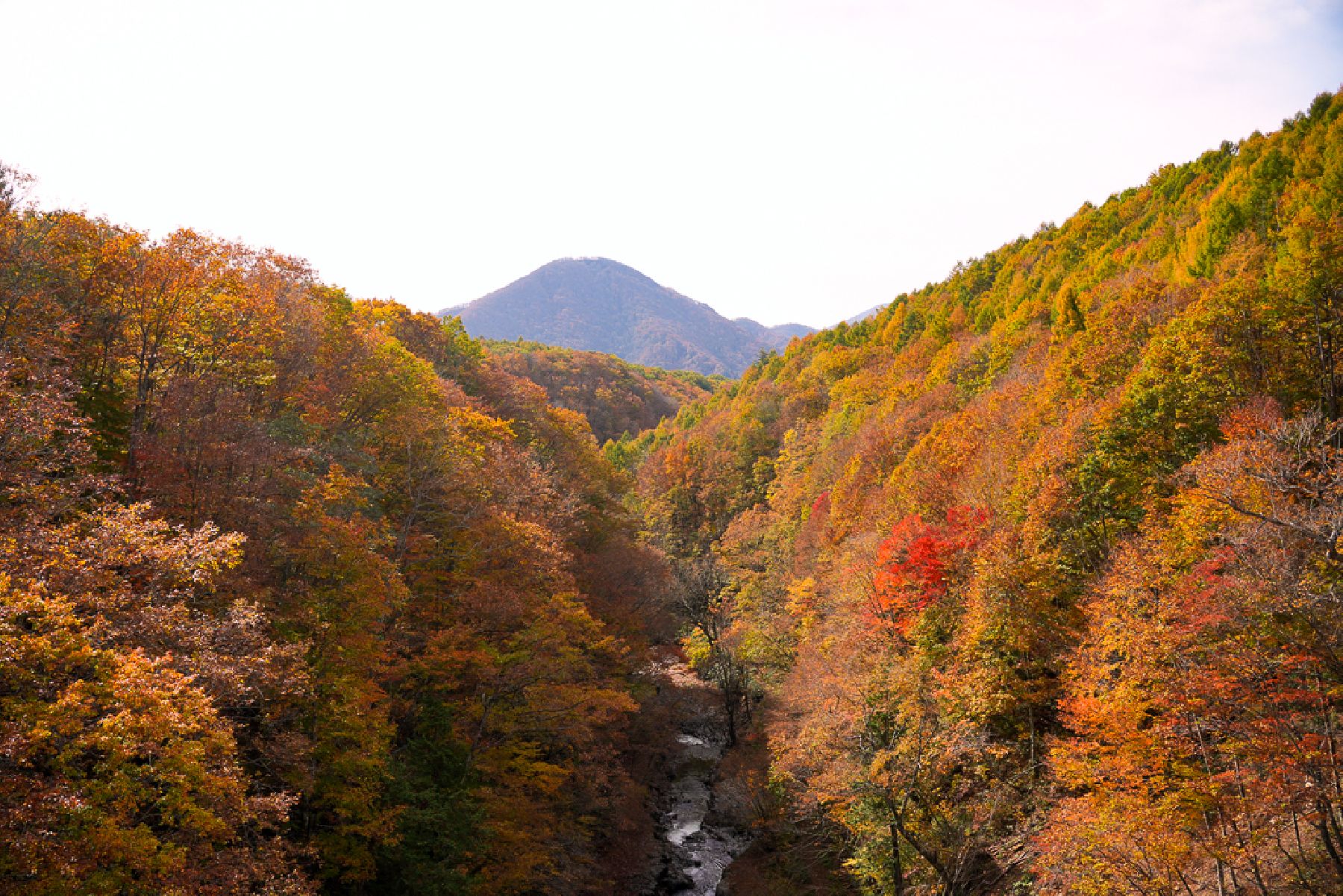
Nakatsugawa Valley is famous for its beautiful fall foliage. The Nakatsugawa River is a clear stream flowing down from Bandai Kogen (Bandai Highland) to Lake Akimoto. In autumn, the leaves of the many trees, such as maples, alders, and wild cherry trees, turn brilliant and bold colors. The valley can be reached via the lakeside cycling road or by following the trail from the Nakatsugawa Valley Rest House Lake Line Parking Area. Take a relaxing stroll along the ravine while breathing in the mountain air full of healthy negative ions.Many people park on the road closest to the bridge, but for most people it's easier to park at the Rest House and walk the short trail (less than 5 minutes) down to the bridge. There is also a shop and a canteen-style restaurant at the Rest House.
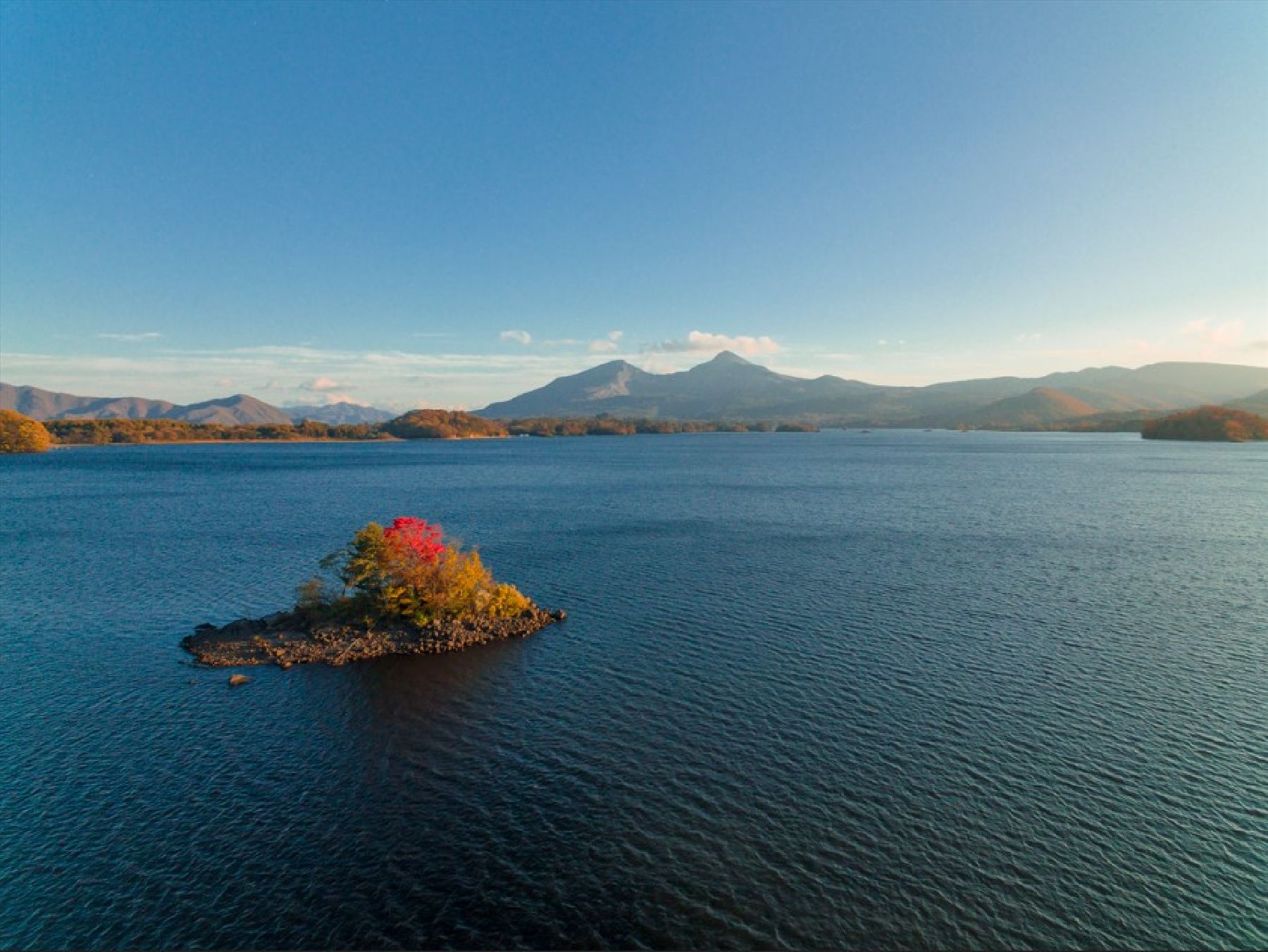
The rock slides caused by the steam eruption of Mt. Bandai in 1888 blocked countless rivers, and lead to the creation of over 300 lakes and ponds spread throughout the area. Lake Hibara is the largest of these lakes, and with a length of 10 km running along the ravine of the Hibara River, and a shoreline of 37 km, it is Japan's largest lake to be created by natural dams caused by a volcano eruption.Lake Hibara is now the focal point of tourism in the Urabandai region, and from rambling along sightseeing trails in summer to Japanese pond smelt fishing in the winter, there are countless ways for visitors to refresh and invigorate themselves. Guides are available with a reservation.
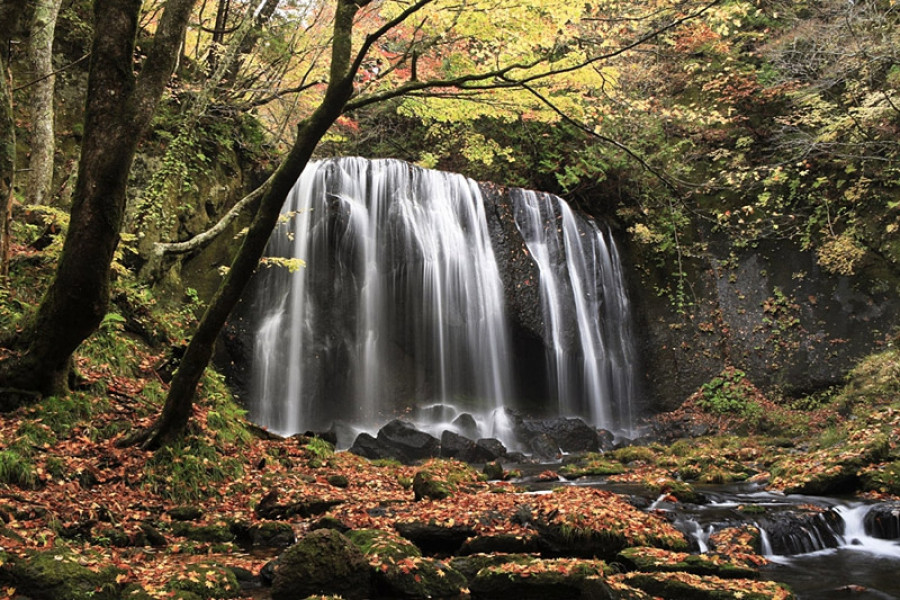
Breathe in the cool, crisp negative ion air and relax under the shade of trees as you marvel at the beauty of the Tatsuzawa Fudo Falls. Two waterfalls make up the Tatsuzawa Fudo Falls; Odaki is considered the male fall and is the larger of the two (16 m tall), while the smaller of the two is considered female and called Medaki. The sight is indeed lovely to behold as the silvery waterfalls over the rocks below. The Tatsuzawa Fudo Falls are located in Inawashiro Town and are beautiful year-round. These falls are also a treasure for photographers because of how serene they are surrounded by nature on all sides. In spring and summer, the lush greenery makes the whole forest feel alive; in autumn, the vibrant colors of the leaves reflect off the water and give it a painterly feel. With proper snow equipment, you can even visit in winter and see the stark contrast falls against the white snow. The drive up to the falls is only 15 minutes from central Inawashiro Town, and there’s a small parking lot about a 10-minute hike from the falls. The walk itself is easy and smooth. You’ll first pass Lady Medaki before arriving at the main Odaki falls. And with maple trees framing the waterfall just perfectly, you’ll want to be sure to remember your camera and perhaps a tripod as well. There is even nearby onsen for you to stay and relax afterward. So why not visit the falls to relax your mind and soul, and then go for a soothing dip in the hot springs to rejuvenate your body. You won’t be disappointed with the vista of the falls or the nearby area.

In summer, the 5.4 hectares of land within the Sannokura Ski Resort grounds become painted yellow with 1.5 million sunflowers. The sunflower field consists of 3 main areas, which can be enjoyed from early August to early September. Also, visitors to Sannokura Plateau between March and June can enjoy impressive views of fields of bright, yellow canola flowers. What's more, no matter the season, the panoramic views overlooking the Aizu basin from an elevation of 650 m make a visit to Sannokura Plateau very worthwhile.